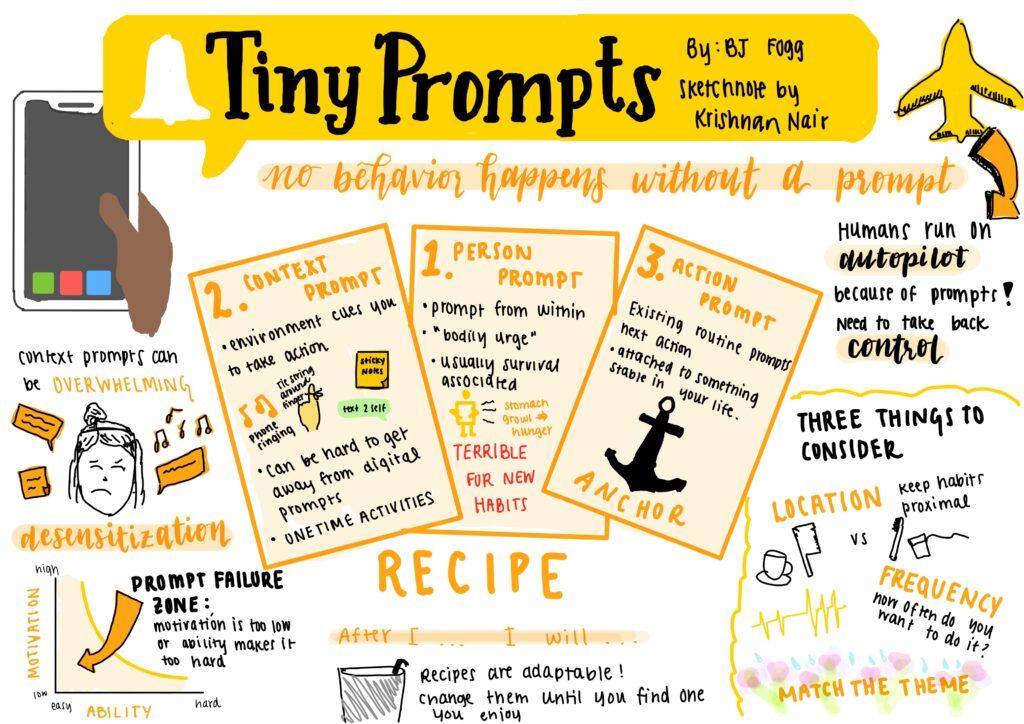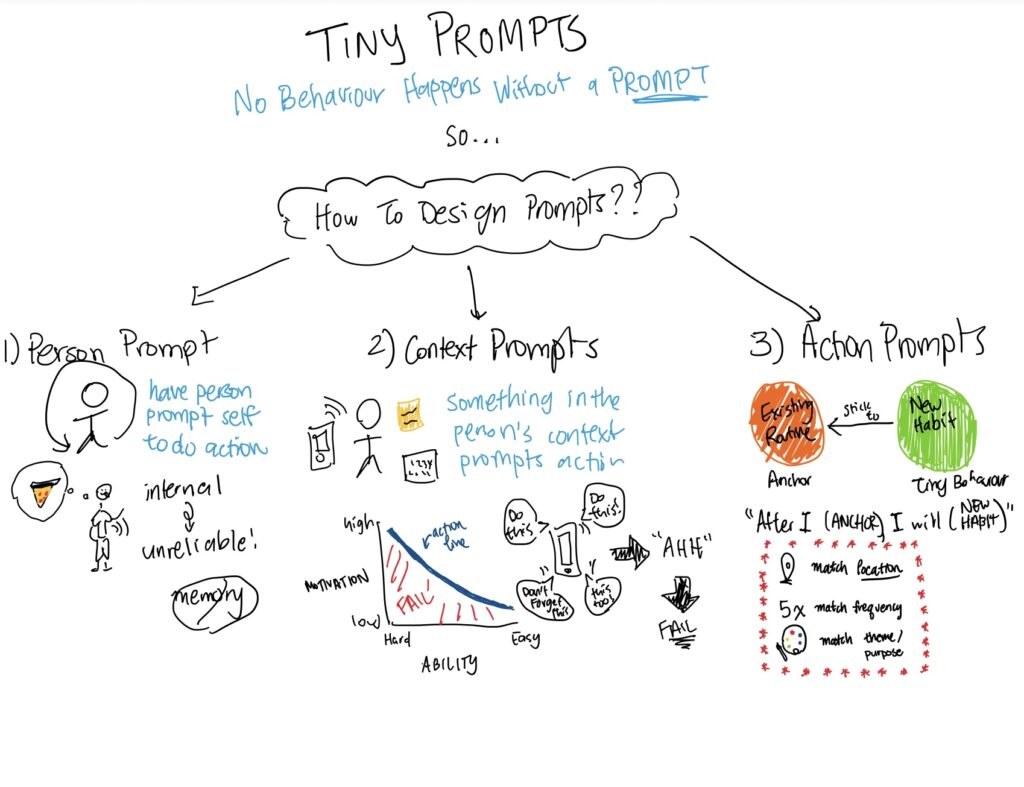The Role, Practically
I see a product manager as the system’s connective tissue—less of an inventor, more of an integrator. To me, in real teams, the job is heavy on sense-making, understanding and facilitation—translating between business goals, user needs, design intent, and technical constraints, then clearing the path so others can execute. That means responsibility without formal authority, doing “whatever needs to get done,” and sitting squarely in the messy middle where conflicts and ambiguities live.
The job, in other words, as mentioned in the chapter, the role of the PM is not to be a “mini-CEO,” nor to micromanage the builders, but to support them and earn trust.
A Psychology Lens
From my experience learning about organizational behavior, the PM’s value is reducing role ambiguity and coordination losses, through operations such as Lean Six Sigma, etc. When the org throws fuzzy directives, the PM can’t wait for clarity; they must craft it—reframing goals, aligning expectations, and pre-empting miscommunication (think job crafting + sensemaking).
The best PMs also cultivate psychological safety and strong leader–member exchange: they signal “I’m accountable for outcomes; you own the craft,” which counters insecurity-driven anti-patterns (Jargon Jockey, Overachiever, Product Martyr) that burn teams without creating value.
Finally, sustainable pacing matters. Long hours often reflect anxiety and poor prioritization, not impact. Healthy PM practice is ruthless prioritization, boundary-setting, and making others successful.
How I Interpreted the Chapter
LeMay’s “figure it out” preface felt painfully accurate: in practice, the PM job is less chess grandmaster, more air-traffic controller juggling a dozen checkerboards at once. His reframing of titles as ADPRs (ambiguously descriptive product roles) also mirrors what OB teaches: labels are weak predictors of behavior; local norms and relationships dominate.
Questions for Matt LeMay
- Measuring glue: If PM impact is mostly manifested through others’ work, what leading indicators do you track that aren’t vanity metrics or hours (e.g., alignment half-life, decision latency, cross-team responsiveness)?
- Boundary-setting in practice: What concrete scripts or artifacts (cadences, “stop-doing” lists) helped you move from Overachiever/Martyr to sane 10–4 focus blocks without losing credibility?
- Micromanagement line: How do you stay “interested, not interfering” with design/engineering—any heuristics for when PMs should dive deeper vs. back off?
All in all, I believe that a great PM is a social optimizer: less the hero with answers, more the catalyst who organizes attention, turns ambiguity into decisions, and leaves the team stronger than they found it!



